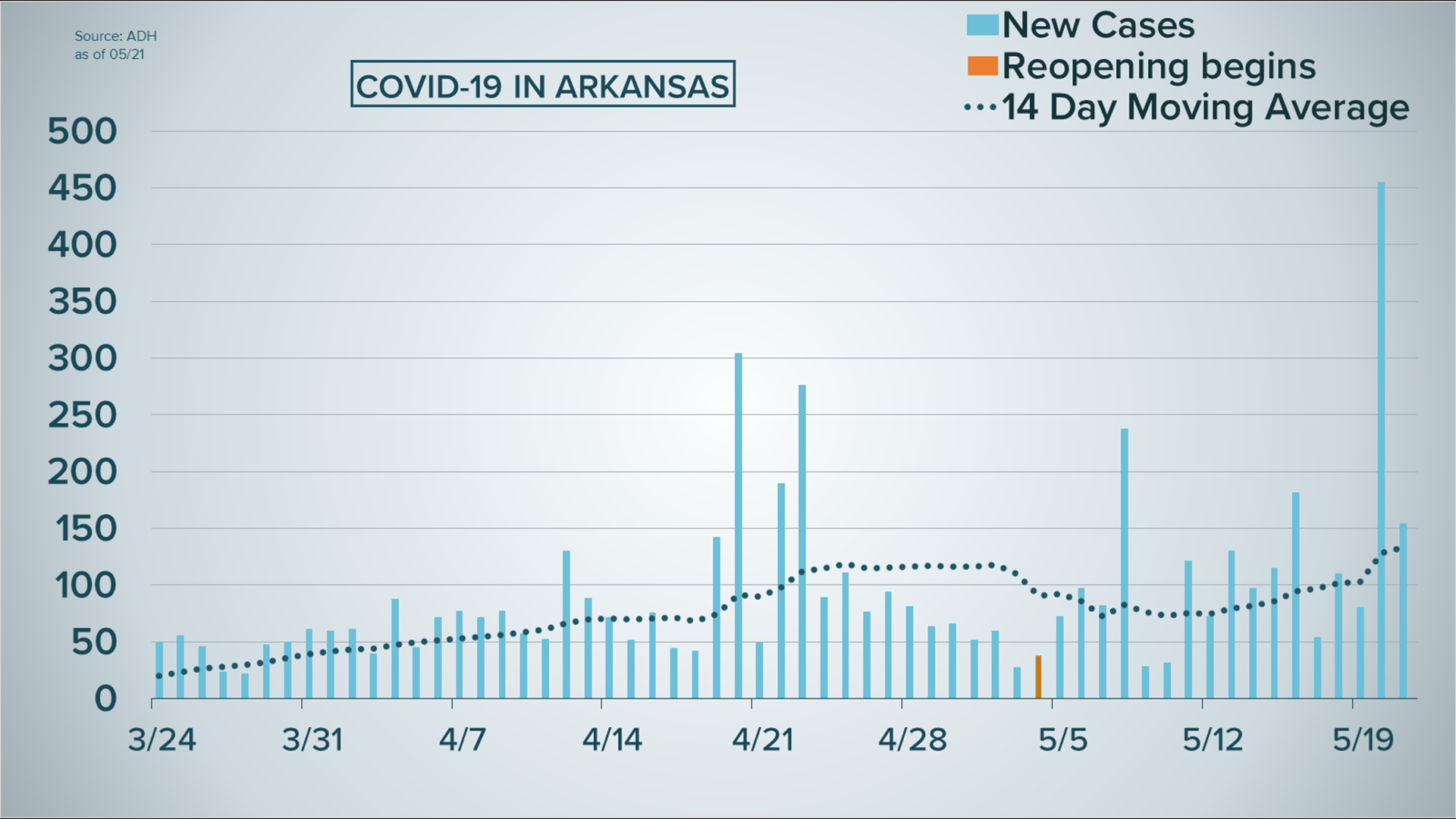

Tableau provides specific keyboard navigation instructions on their website. If you have a disability and need assistance with the information on this page, use the COVID-19 contact form to submit your access questions or call the state COVID-19 CA Hotline (833)422-4255.


Another way to see a data table is to tab to put focus on a chart and then press Enter.Įvery attempt has been made to enable the data visualizations accessible for keyboard navigation and screen readers.
#CORONAVIRUS TOTALS FULL#
Full datasets are linked below each dashboard, directing the user to Marin County's Open Data Portal.

This allows users to zoom into smaller periods of time.
#CORONAVIRUS TOTALS ZIP#
This dashboard displays COVID-19 cases by city, census tract and zip code.
#CORONAVIRUS TOTALS CODE#
Geographic data are unavailable for approximately 5% of cases as a result of reporting delays or challenges.ĬOVID-19 Cases by City, Census Tract and Zip Code All cases reported for San Quentin only include those reported among community residents. Mapping procedures were updated in November 2020 to further improve our ability to report COVID-19 case counts by geographic location, including updating our methodology to account for corrections to case addresses throughout a case investigation. Marin County Public Health has routine quality improvement procedures in place to provide the most accurate and timely data as possible. As population estimates may not be precise, proportion vaccinated will only be displayed up to 98% for each census tract. This map is based on the residence provided by COVID-19 cases. Because the total population in one jurisdiction can be vastly different from another, the case rate per 100,000 residents helps us better understand the concentration of cases among the total population for that jurisdiction. This map is interactive, click on each jurisdiction to view the name of the community/city, the total population for that area, the cumulative and 14-day number of COVID-19 cases, the 14-day COVID-19 case rate per 100,000 residents, and COVID-19 vaccination metrics. Note that the number of confirmed cases in a given community are reflective of testing. The numbers displayed on the map are the 14-day case rate per 100,000 residents. The map below shows the cumulative and 14-day number of confirmed COVID-19 cases, 14-day rates of COVID-19 cases per 100,000 residents, and vaccination metrics since March 2020. Mapping cases by geographic regions helps us view where COVID-19 cases have been diagnosed in our community. On, the population estimate for unvaccinated residents was updated.ĬOVID-19 Case and Vaccination Rates by Geography This includes all cases, regardless of symptoms. Due to the time required for reporting, case data are lagged by 3 days. As of 8/30/21, only residents who have received no doses are included in the unvaccinated category and residents who are partially vaccinated, meaning they only received one dose of a two-dose vaccine or who are not yet 14 days after their final dose, are not included in either category. Residents are considered vaccinated two weeks after the final dose of the vaccine. It compares rates between fully vaccinated and unvaccinated residents who had a new positive COVID test within the previous 7 days (changed from 14-day to 7-day average on 7/23/21). This chart shows the daily average case rate per 100,000 residents. Data Source: Source: COVID-19 SARS-CoV-2 Whole Genome Sequencing, California Department of Public Health, Napa-Solano-Yolo-Marin Regional Public Health Laboratory, academic partners, and commercial laboratories COVID-19 Cases among Vaccinated and Unvaccinated Residents


 0 kommentar(er)
0 kommentar(er)
